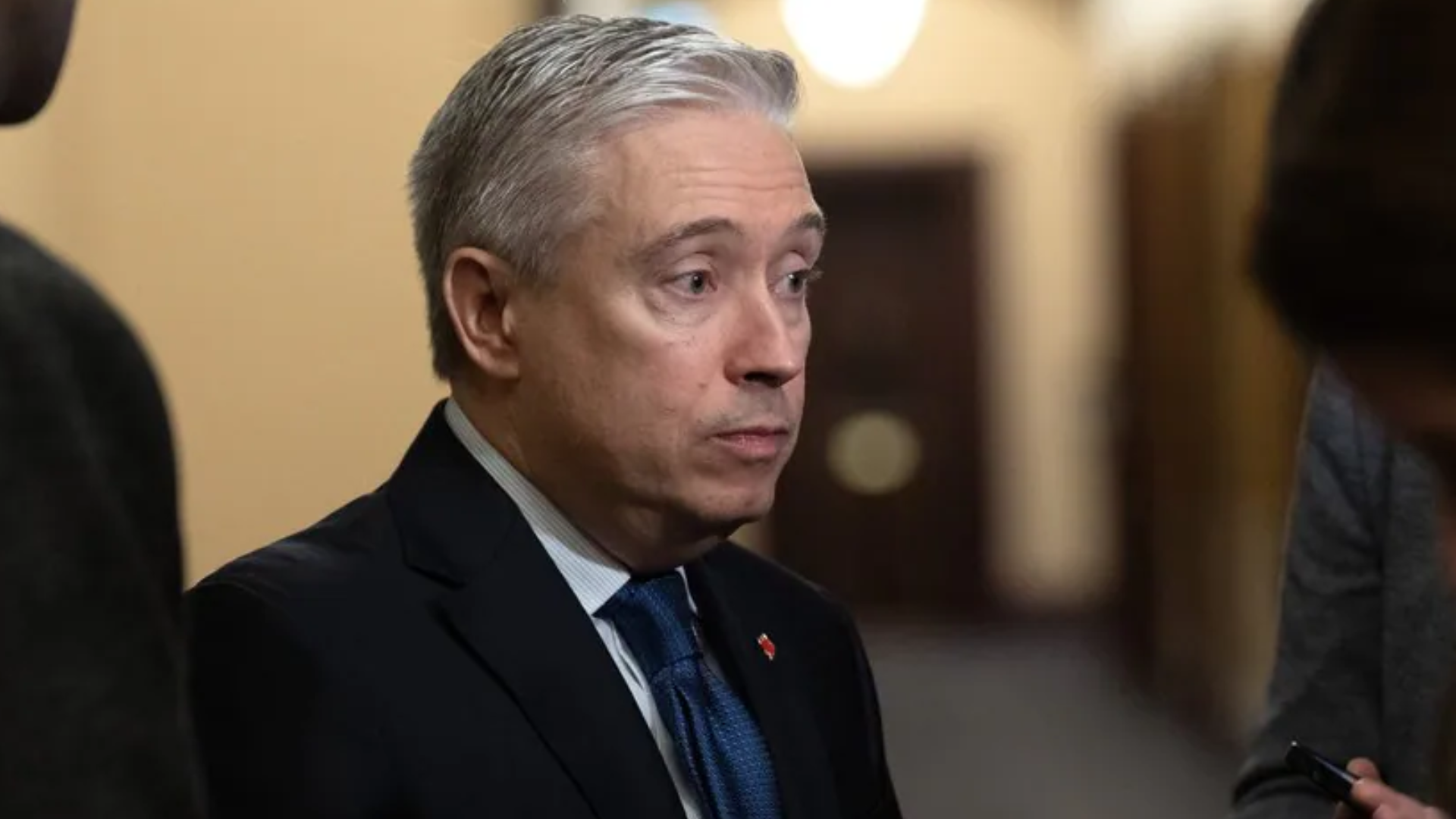Inflation continues to squeeze American households, prompting some to seek creative ways to manage expenses—but many of these solutions deepen long-term debt.
The half-century mortgage proposition
The Trump administration’s recent suggestion of a 50-year mortgage has rekindled discussions about extended borrowing periods. Bill Pulte, the head of the Federal Housing Finance Agency, described it as “a complete game changer” on social media. Although the concept might initially appear appealing due to reduced monthly installments, the financial ramifications over such an extended duration are considerably more intricate.
A home loan spanning fifty years could almost double the cumulative interest expenses when contrasted with a typical three-decade mortgage. Furthermore, given an average lifespan of approximately 80 years, individuals would likely need to obtain such financing in their early thirties to fully capitalize on it—a limited timeframe that renders this choice practical for only a small segment of the American population.
Longer-term debt and auto loans
The 50-year mortgage reflects a broader trend in the American economy: the normalization of extended debt. The auto industry, for instance, increasingly promotes seven-year car loans, coinciding with a surge in new car prices, which now average over $50,000. Extended-term loans may lower monthly obligations but carry inherent risks. Vehicles depreciate rapidly, so borrowers often owe more than the car’s value, a situation that can create financial strain or lead to negative equity.
Matt Schulz, chief consumer finance analyst at LendingTree, notes, “The more you can avoid longer-than-usual loan terms, the better. Cars lose value quickly, and a prolonged loan term increases the likelihood of owing more than the asset is worth.”
The rise of buy now, pay later
Beyond traditional mortgages and car financing, a growing number of Americans are utilizing “buy now, pay later” (BNPL) schemes, accessible both digitally and at physical retail locations. These services provide instant acquisition of products with delayed payment, offering a temporary reprieve from financial strain, yet they come with potential long-term hazards.
A Federal Reserve analysis revealed that individuals utilizing BNPL services frequently indicate diminished financial stability or cash flow limitations, employing these schemes to acquire goods they would otherwise be unable to purchase. Despite its convenience, BNPL has the potential to foster excessive spending and exacerbate personal indebtedness, especially among younger demographics who are still developing their financial fortitude.
Exploding household debt
Household debt in the United States is at record levels, encompassing mortgages, student loans, auto financing, and credit card balances. According to the New York Federal Reserve, total household debt reached $18.6 trillion—a 3.6% increase from the previous year. Credit card debt alone climbed nearly 6% to $1.2 trillion.
Late payments are also rising, with more than 3% of consumers entering serious delinquency, defined as being at least 90 days behind, the highest rate in over a decade. Student loans are particularly concerning, with over 14% in serious delinquency last quarter, marking a historic peak. Declining credit scores compound these challenges, making new borrowing more expensive as lenders impose higher interest rates to compensate for increased risk.
Homeownership and wealth building
Despite economic challenges, owning a home continues to be a primary method for accumulating enduring wealth in the United States. Real estate generally increases in value over time, enabling property owners to build up equity that can subsequently be utilized for retirement planning or other financial objectives. Furthermore, deductions for mortgage interest offer tax benefits that are unavailable to those who rent.
Homeownership has historically been one of the most reliable ways for the average person to create wealth, says Schulz. However, rising home prices and mortgage rates in recent years have made this dream more difficult to achieve, forcing many Americans to reconsider the feasibility of buying a home.
Balancing short-term relief with long-term risk
While extended credit and BNPL programs provide instant financial breathing room, they can jeopardize enduring stability. Reduced monthly installments might appear attractive, yet the accumulated interest and risk of negative equity can heavily encumber those who borrow. Financial specialists advise consumers to thoroughly assess the compromises between immediate accessibility and sustained financial well-being.
Tackling a financial burden-laden environment
For citizens of the United States grappling with ongoing inflation and escalating expenses, the allure of extended debt solutions is considerable. Home loans stretching over many years, prolonged vehicle financing, and buy-now-pay-later programs are becoming prevalent methods for handling daily expenditures. However, these strategies could establish a debt spiral that is challenging to break free from, possibly jeopardizing the very financial stability they aim to provide.
Financial literacy and prudent planning remain essential. Understanding the implications of longer-term loans, tracking debt obligations, and maintaining emergency savings are critical strategies for navigating today’s economic environment. Consumers must weigh short-term convenience against long-term consequences, ensuring that solutions intended to relieve financial pressure do not ultimately exacerbate it.
The intersection of inflation, rising asset costs, and innovative borrowing options presents a complex financial landscape for Americans. While programs like 50-year mortgages and BNPL offer immediate relief, the long-term consequences highlight the importance of careful financial planning to avoid compounding debt and secure future stability.



